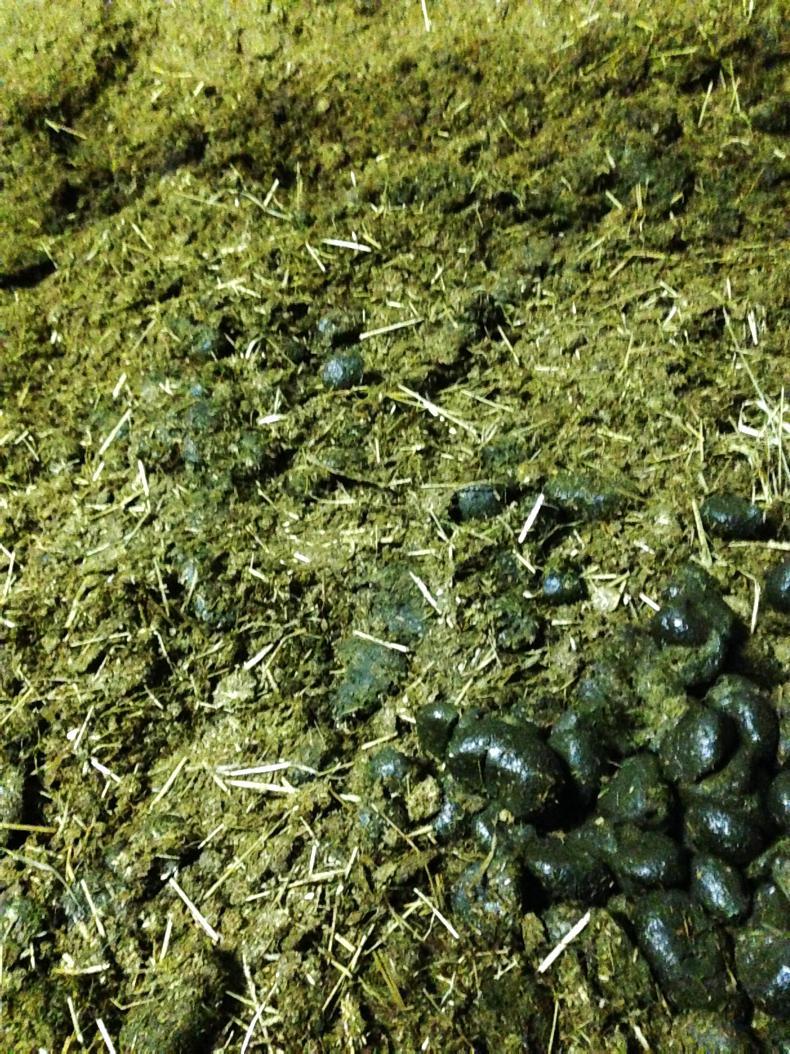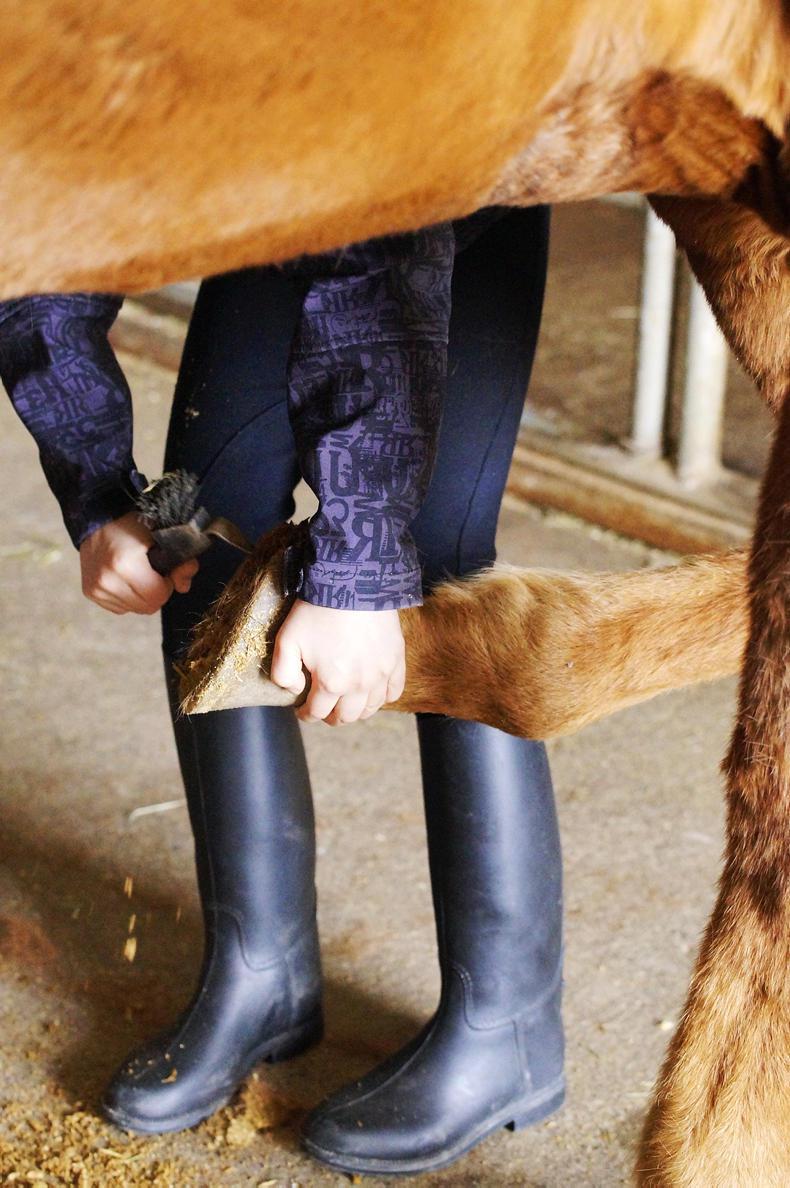THE frog of a horse’s hoof plays a vital role in the soundness of the horse, it reduces concussion, produces grip and aids the horse’s circulatory system and helps the digital cushion (located just above the frog) pump blood back up the horse’s leg.
Without a healthy frog, the efficiency of the hoof capsule itself is affected, therefore it is vital to clean your horse’s feet on a regular basis to help reduce the chance of your horse developing thrush.
This time of year when horses are turned out in paddocks over the winter, combined with increased levels of moisture in the ground, it’s quite common for horses to return to work with thrush.
Thrush is one of the most common diseases of the hoof, which attacks the frog. The most common signs of thrush are foul odours and a ragged rotten appearance of the frog. Thrush itself is usually not serious, however through neglect, it could lead to a worse infection in the cornea and cause lameness.
Anaerobic conditions are necessary for the disease to develop, e.g. leaving a horse’s feet for prolonged periods without regular hoof picking or horses standing in dirty stable environments. Also, poor hoof trimming and wet environments are among the leading causes.
TREATMENT
In order to treat thrush, your farrier must pare away the infected parts of the frog, followed by the groom scrubbing the hoof lightly with a brush. After cleaning, try to plug the cleft of the frog between the bulbs of the heels with cotton wool. This will allow air to travel through the cleft of the horse’s frog and help combat the disease.
The use of drying remedies or other medications is recommended to speed up the rate of healing and these can be found in most good saddler’s and farrier supply shops. However careless use of chemicals may cause skin irritations or burn the sensitive tissues of the frog. Severe cases of thrush may require the hoof to be packed with medicated padding.
However, prevention is better than cure and with regular hoof picking along with a clean stable environment, thrush should not be a worry to you or your horse.
THRUSH TOP TIPS

1. Wet and dirty stable environments can allow thrush to develop. It is important that droppings and the wettest patches of bedding are removed on a daily basis.
2. Regular skipping out during the day means that less bedding will be contaminated and mucking out will be much easier.
3. Keep your horse’s feet clean - don’t just remove the shavings or dirt trapped in the sole make sure you clean the frog also.
This is an excellent practice not only for preventing thrush, but also in checking for any foreign objects that might have found their way into your horse’s hoof.

4. If you do notice an issue, consult with your veterinarian or farrier to determine the proper steps to take to remedy the problem.
5. Try to keep your horse’s paddock as clean and dry as possible. Regular removal of droppings and fencing off any waterlogged areas will help.
If you live in a very wet area daily foot cleaning will help offset the otherwise muddy conditions and will go a long way in helping prevent thrush.